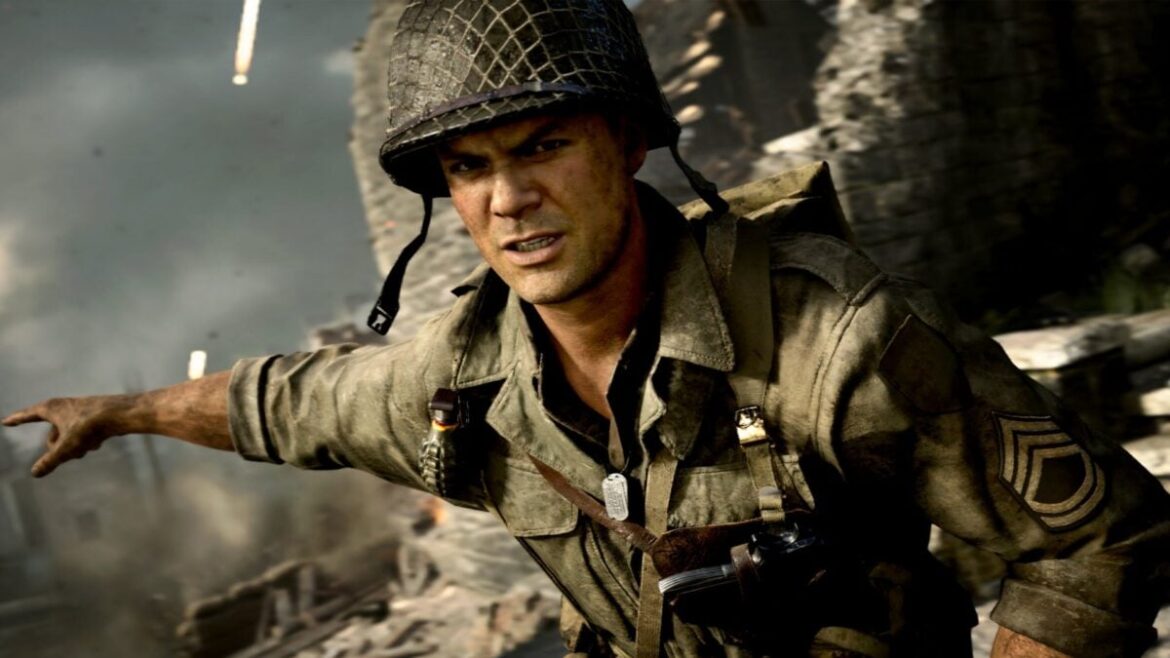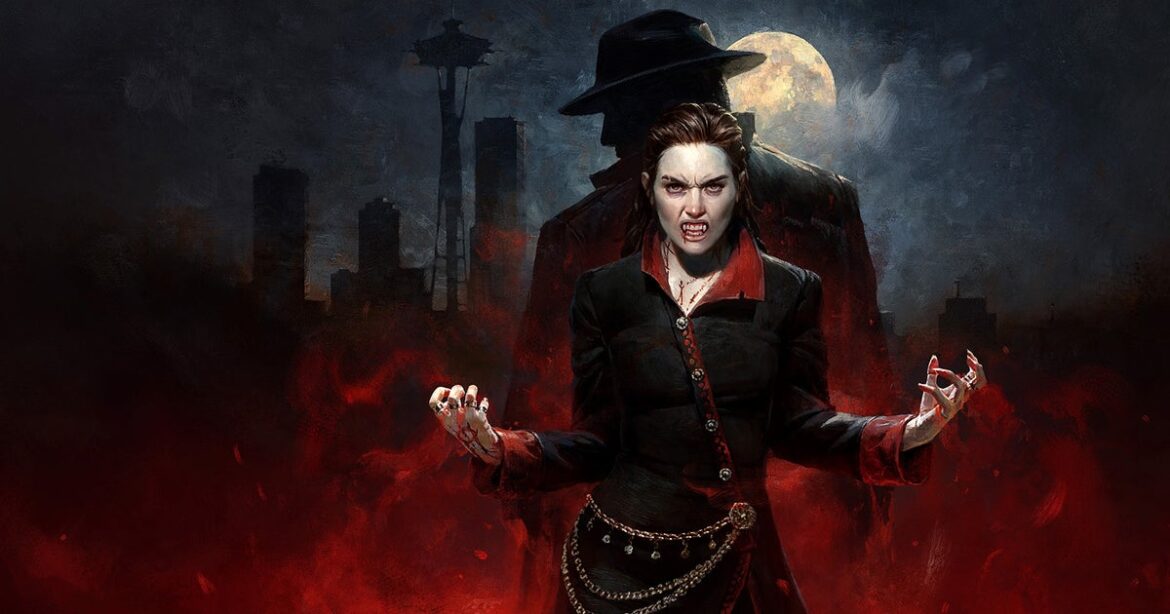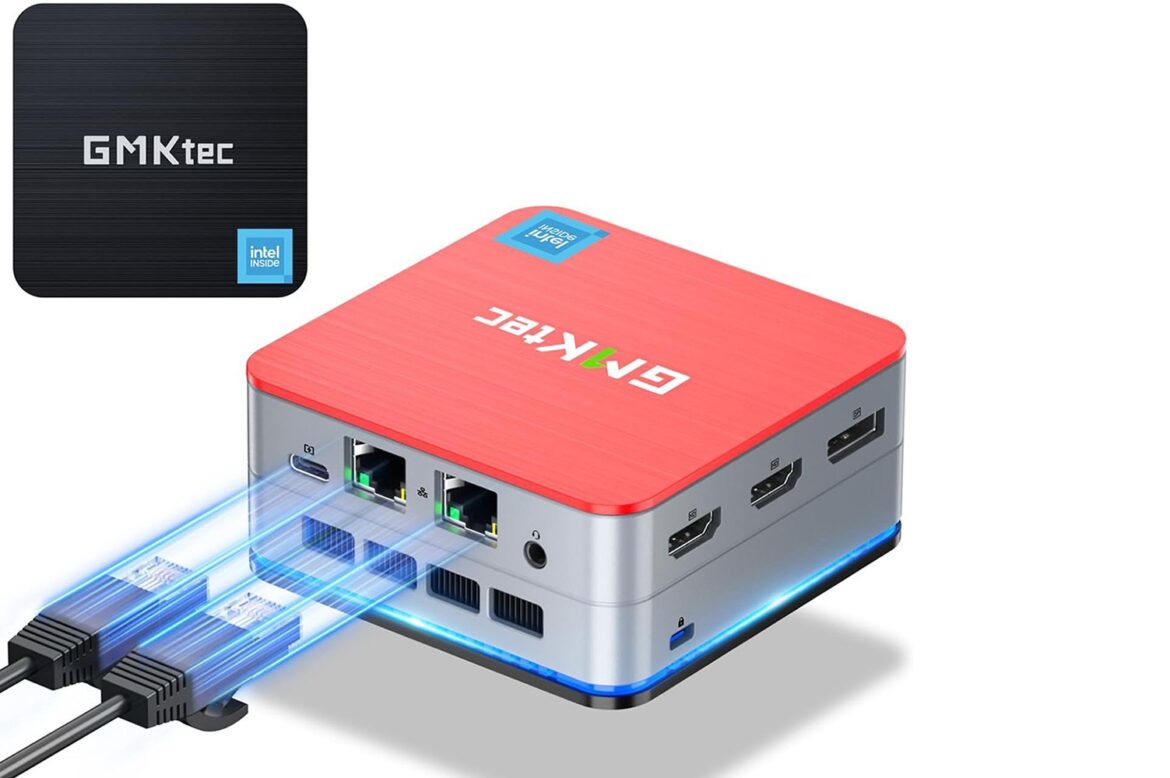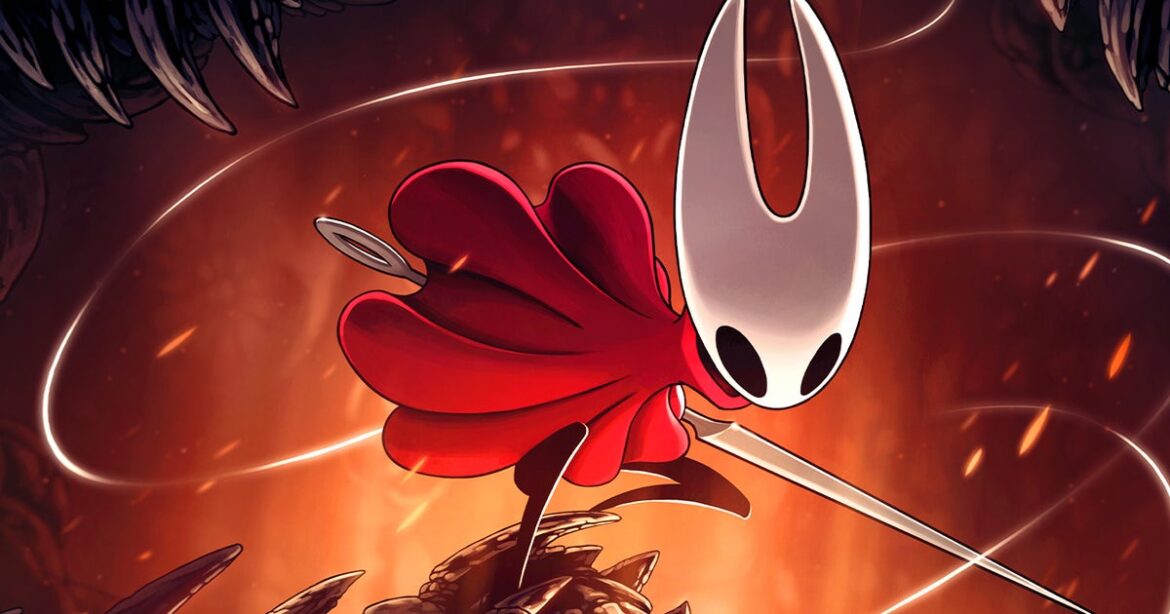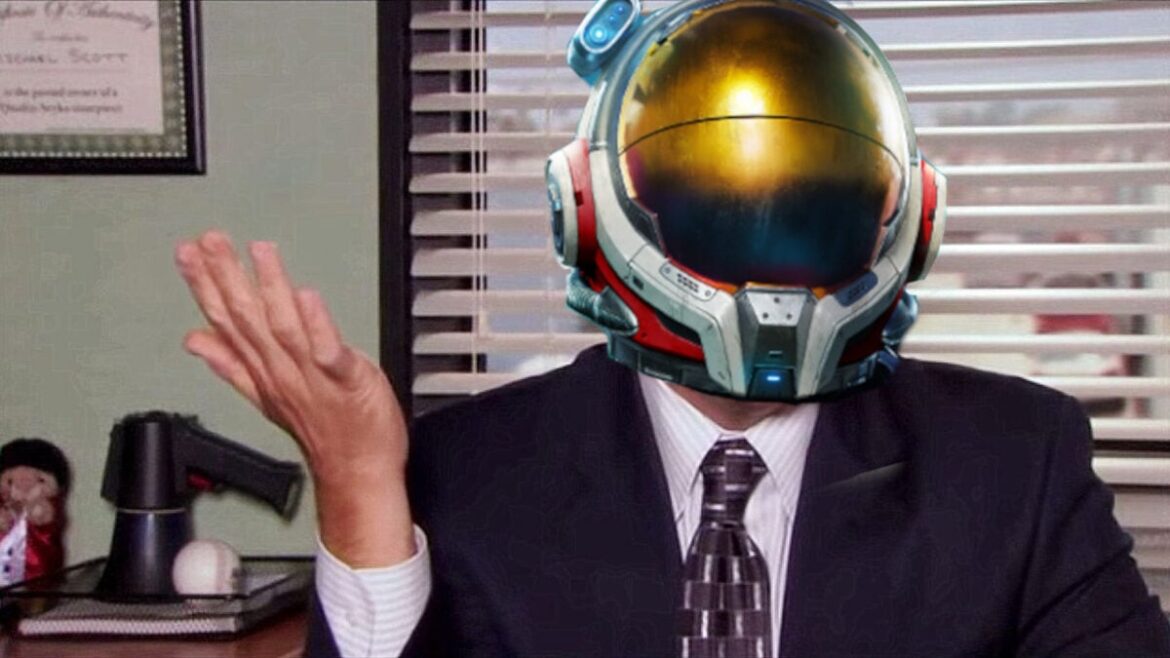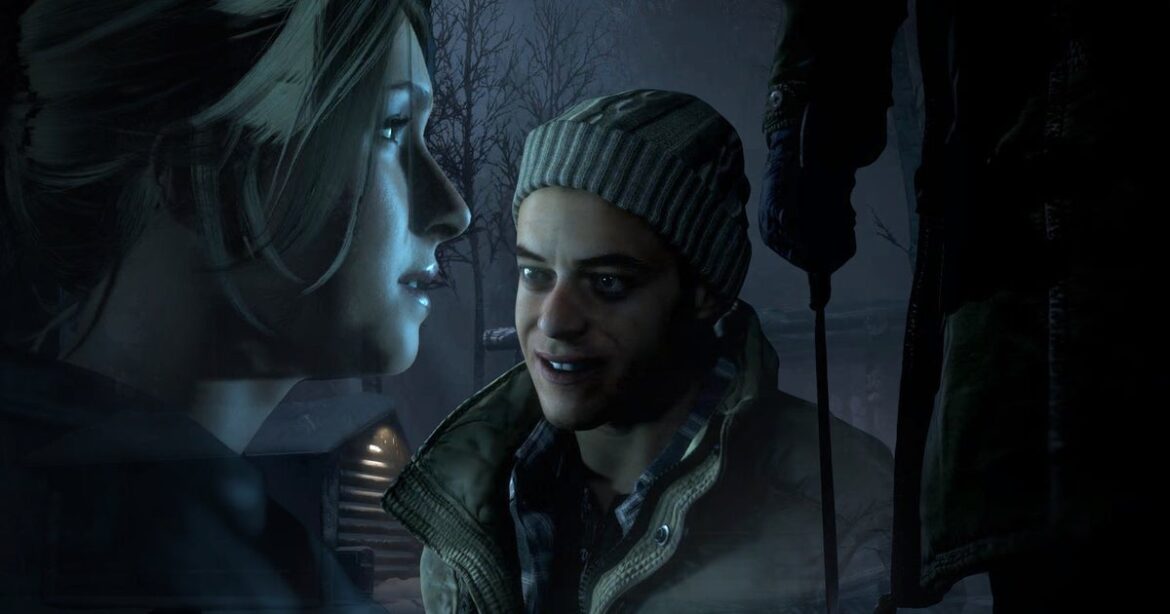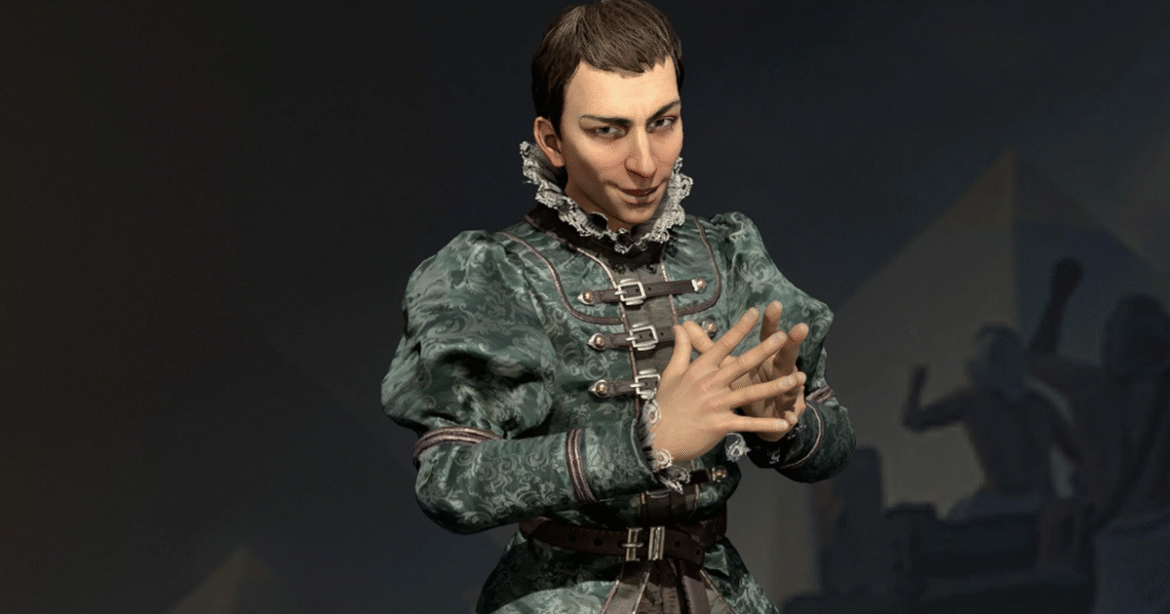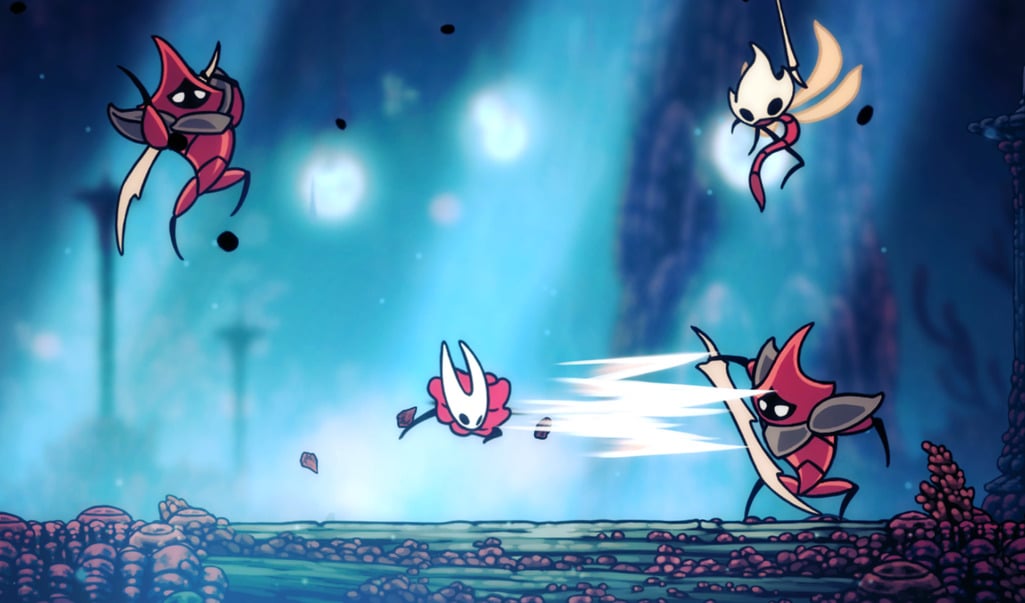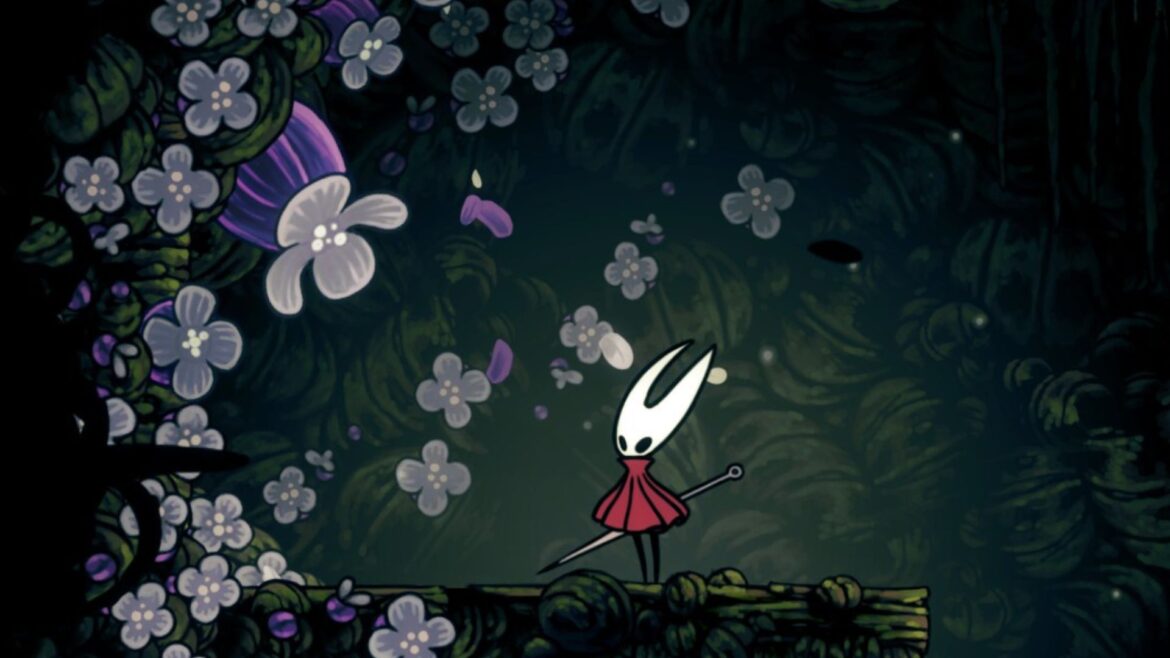The new video game movie gold rush is finally seeing Call of Duty get adapted for the big screen, but we still don’t know who is writing or directing the military shooter’s Hollywood debut. According to Puck News, Steven Spielberg was lobbying for the job but Activision turned him down. The three-time Oscar winner wanted full creative control that the publisher reportedly just wasn’t willing to give. Call of Duty fans are in shock.
“This has got to be one of the biggest fumble in video game movie history,” reads one of the top threads on the Call of Duty subreddit this morning. “Imagine turning down the guy who made Saving Private Ryan to go with the studio responsible for the Halo show,” wrote another.
Multiple movie studios were pitching Activision on handling the film adaptation of the top-grossing annual franchise, including Universal whose package included Spielberg as the director. According to Puck News, the publisher, now owned by Microsoft, balked at the “Spielberg Deal” which would have given the Schindler’s List director “top-of-market economics, final cut, and full control over production and marketing.” So Activision ultimately went with Paramount instead, which released the slick, feel-good military thriller Top Gun: Maverick in 2022.
As fans have pointed out, there’s an incredible irony in a series like Call of Duty passing on a collaboration with Spielberg. The original Call of Duty was a direct response to the Medal of Honor series, which Spielberg produced the first three games for. Activision than hired away the guys who made Medal of Honor: Allied Assault to form Infinity Ward and make its own WWII shooter. Moments from Saving Private Ryan like the Normandy landing scene helped inform the DNA for what a classic Call of Duty action set-piece even is. And then, nearly 25 years later, Activision turned around and said, “no, thank you”?
Video game movie adaptations are fraught enough as it is without turning down someone you can rely on to at least have a clear and cohesive vision for what it’s going to be on top of being one of the safest bets in Hollywood. Paramount may be able to deliver a silver screen windfall for Activision regardless, and I’m sure there’s no shortage of high-profile directors who will share creative control with the publisher for enough dollar signs in their contract. But some Call of Duty fans will probably never forgive the company for not taking a risk on what could have been.

